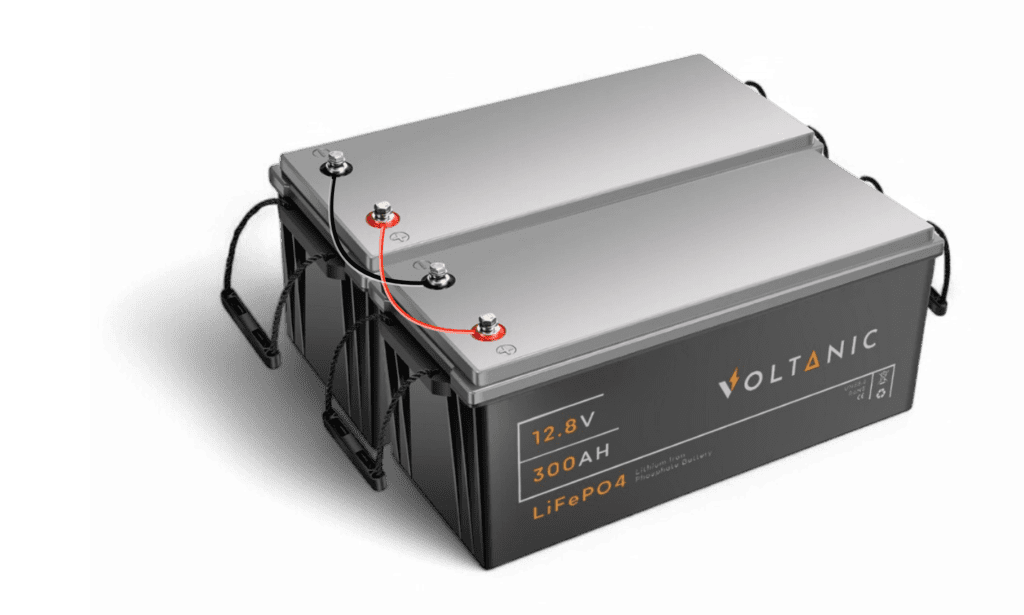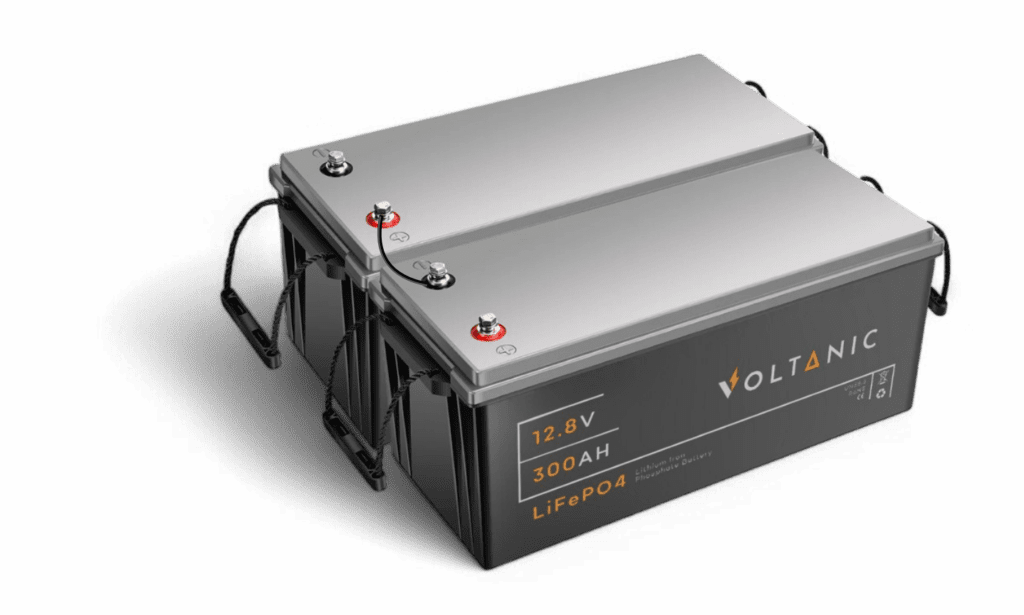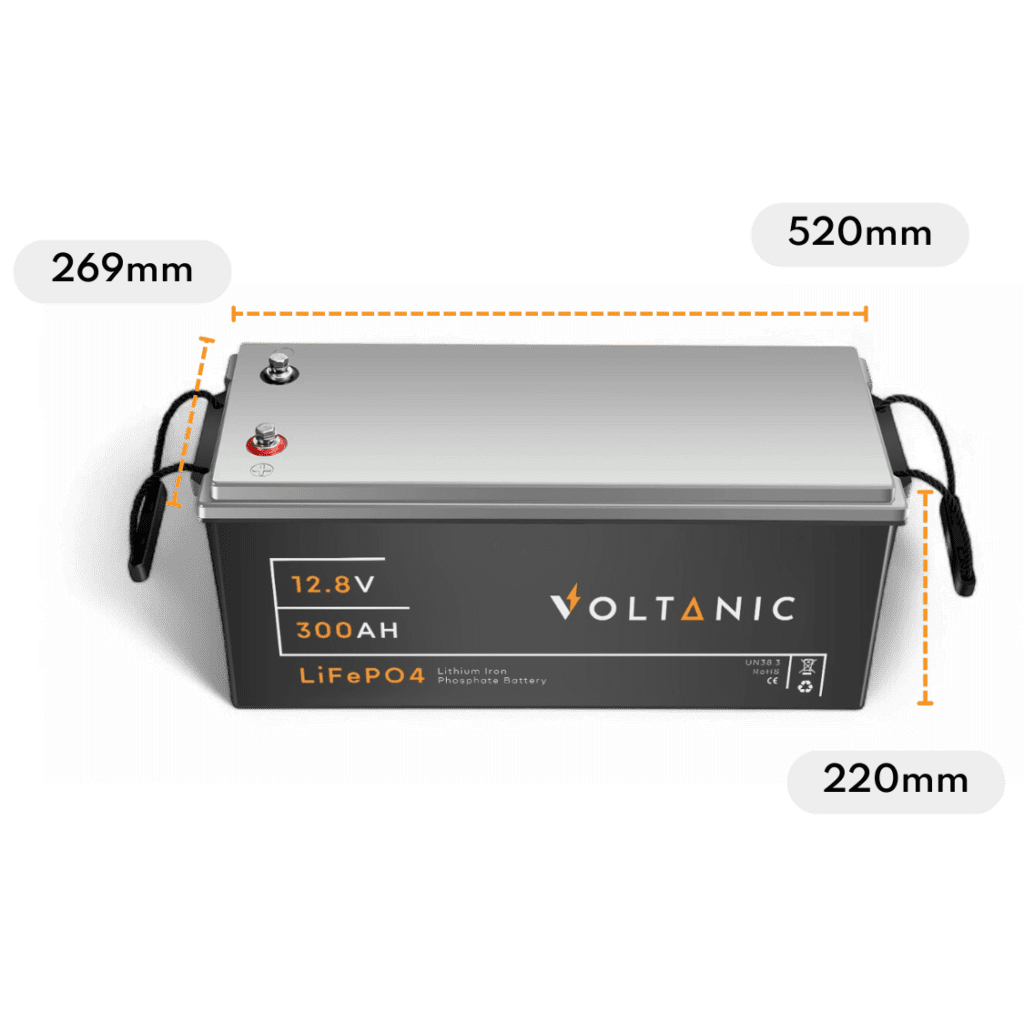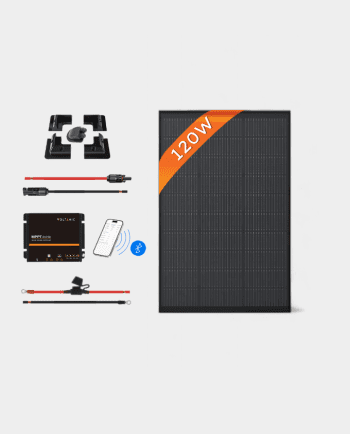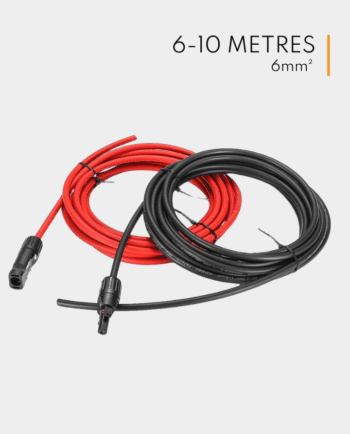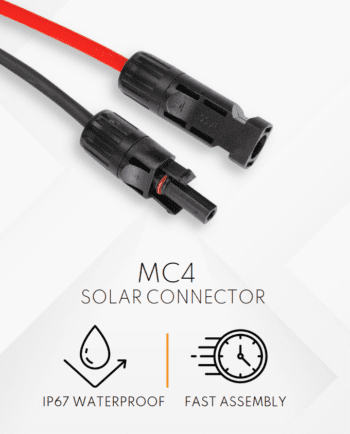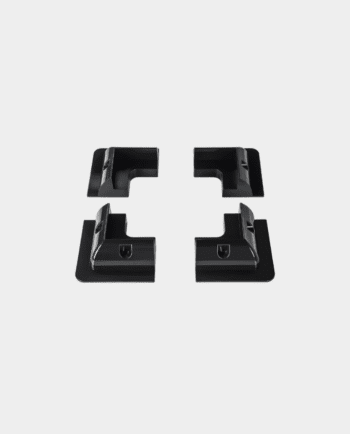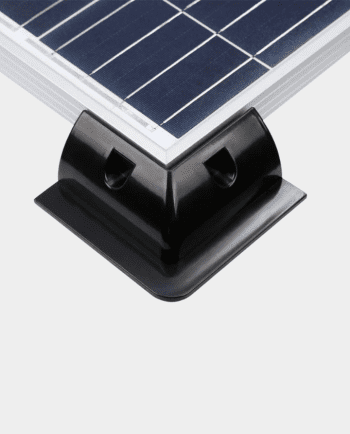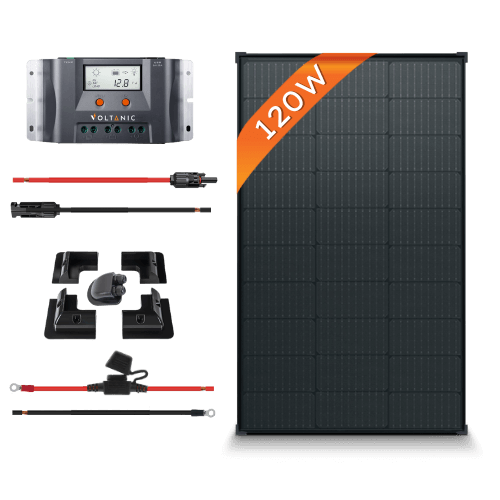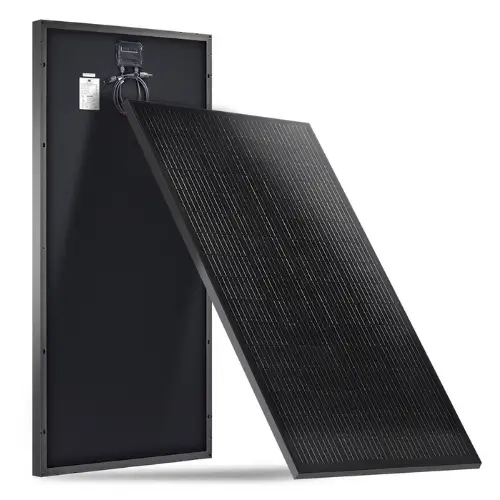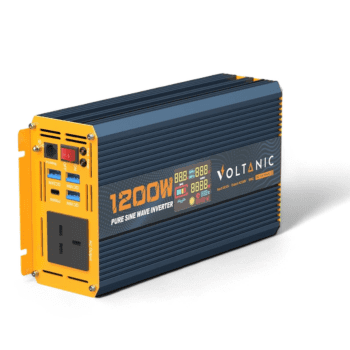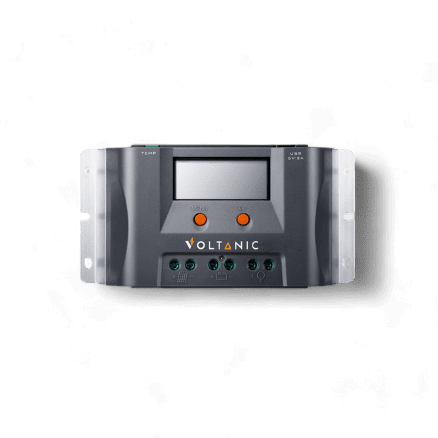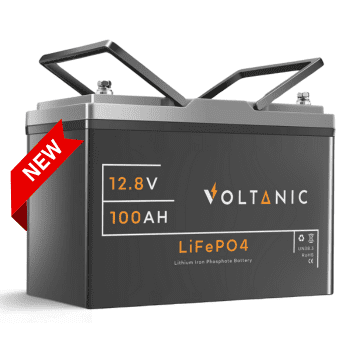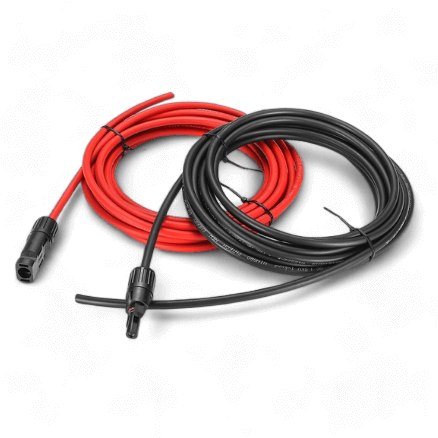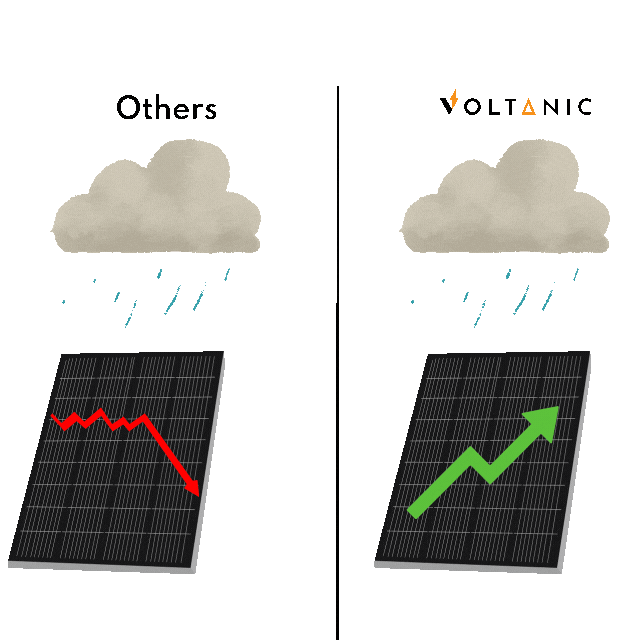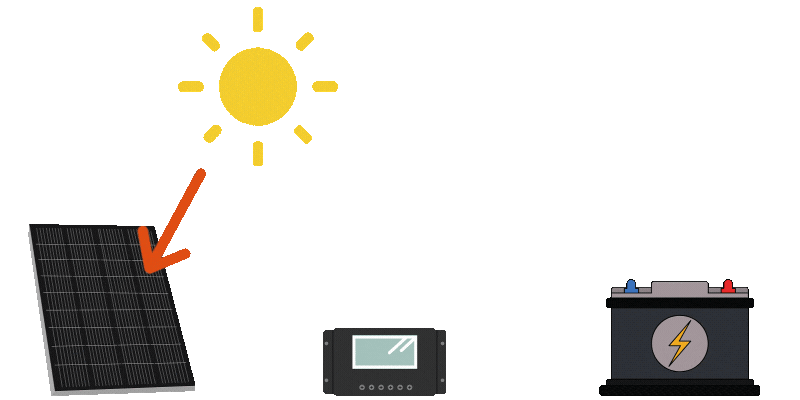Our premium 300Ah battery delivers exceptional power for its size, with a continuous charge/discharge rate of 250A—perfect for even the most demanding applications.
Built with an advanced BMS and the highest quality Grade A+ cells, it ensures full protection and optimal performance. With excellent balance throughout its 10+ year lifespan, it provides stable and high power for your off-grid system.
Quick Specs
- ▪️ Capacity: 300Ah
- ▪️ Energy: 3840 kWh
- ▪️ Voltage: 12.8V
- ▪️ Cells: Prismatic “A” 3.2V100Ah 4S2P
- ▪️ Charge Current: 250A
- ▪️ Discharge Current: 250A
- ▪️ Max Discharge: 400A (10s)
- ▪️ Dimensions: 520L x 269W x 220H mm
- ▪️ Weight: 28kg













